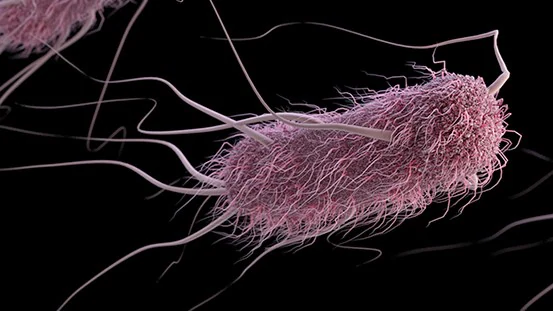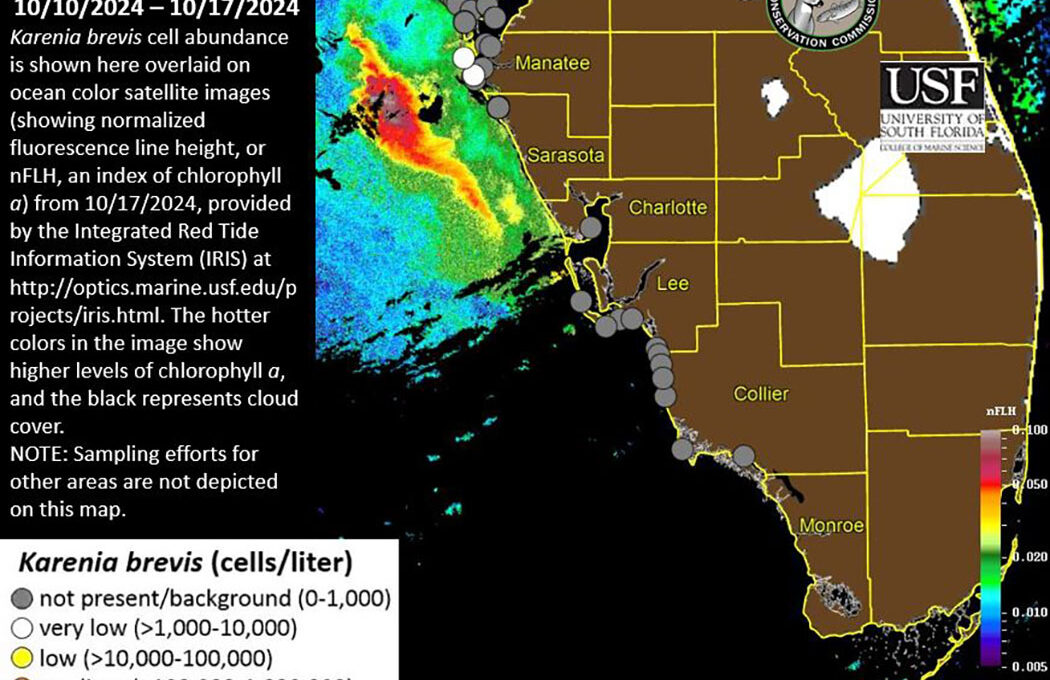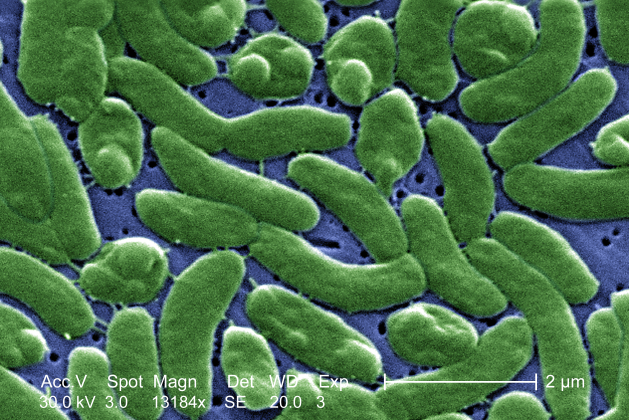By Erica Moulton

As we recover from yet another massive hurricane hitting our communities, I’ve gotten a lot of questions about when it’s safe to visit our beaches or play in our waters again.
Separate from the issues of avoiding neighborhoods where people are still struggling to rebuild, and the potential dangers of debris on roads and beaches, I wanted to share some resources that can help you decide when it’s safe to go back in the water, either in the Gulf of Mexico or Tampa Bay.
Please note these critters are almost always present in our waters, but right now they’ve been super-charged by overflowing wastewater treatment facilities and stormwater runoff. They are no longer background bacteria or viruses that hang around without causing many problems. We all need to be mindful of what can happen.
Another important note: if you still have stormwater standing in your neighborhood, keep away from it if possible. It will likely contain various bacteria like Salmonella enterica that could cause nausea, vomiting and diarrhea. Children, in particular, should avoid playing in it. If you must enter it, thoroughly wash any exposed areas with soapy water.
Other things to avoid:
1) Vibrio are the little bacteria dudes that live in saltwater and can cause everything from gastrointestinal issues to wound infections and sepsis. They’re really not your friend if you are already immunocompromised. They are typically around so NOAA’s science teams sample oysters to determine how many are present. Here in Tampa Bay, they’re watching out for Vibrio parahaemolyticus. https://products.coastalscience.noaa.gov/…/tampaviewer… No surprise – We have lots of them!
2) Pseudo-nitzschia are algae buggers that fall into the category we call diatoms. They can cause things you might eat to become toxic, and the problem is – even cooking can’t destroy the domoic acid and you can get sick. Bonus, though – NO documented cases of this type of seafood poisoning have been documented in Florida although the Gulf has a bloom of these buggers now. https://myfwc.com/media/12495/pseudo-nitzschia.pdf
3) You probably recognize the name Karenia brevis. It causes red tide, the algae that falls into the dinoflagellete team of harmful algal blooms. The Florida Fish and Wildlife Conservation Commission relies on volunteers to collect samples and yep – that’s happening now – beginning as the surge from Helene retreated and likely to worsen as Milton washes even more wastewater into the bay and gulf. You can get up-to-date maps here of what is happening here, even before the aroma hits your nasal passages. https://myfwc.maps.arcgis.com/apps/View/index.html… (And learn more about how red tide – which starts far offshore – thrives on shore-based nutrients here: https://baysoundings.com/new-report-quantifies-the-impact-of-nutrients-on-in-shore-red-tide-blooms/)
4) E.Coli – This crap is real (pun intended). All those wastewater overflows dumped thousands of gallons of wastewater with Escheveria coli into our bay and its tributaries. Coastal areas – like the beach and North Shore Park and Spa Beach at the Pier probably aren’t so bad. It is the inland and Intracoastal areas that don’t have as much tidal circulation still have higher concentrations of E. coli and Enterococcus sp. You can check the maps here for updates: https://pinellas.wateratlas.usf.edu/…/coastal-water…/ It covers the entire state and shows where water is being tested and which waterbodies have high concentrations of bacteria, red tide and where wastewater overflows have been reported.
Except for red tide, most of these critters are likely to wash away in the next few weeks as flood waters recede and tidal flows resume. In the meantime, please stay safe and avoid neighborhoods dealing with cleanup from two enormous storms until it really is safe and smart to go in the water again.
Erica Moulton is assistant dean of natural sciences at St. Petersburg College. She was formerly SPC’s STEM director.
Originally posted October 21, 2024

